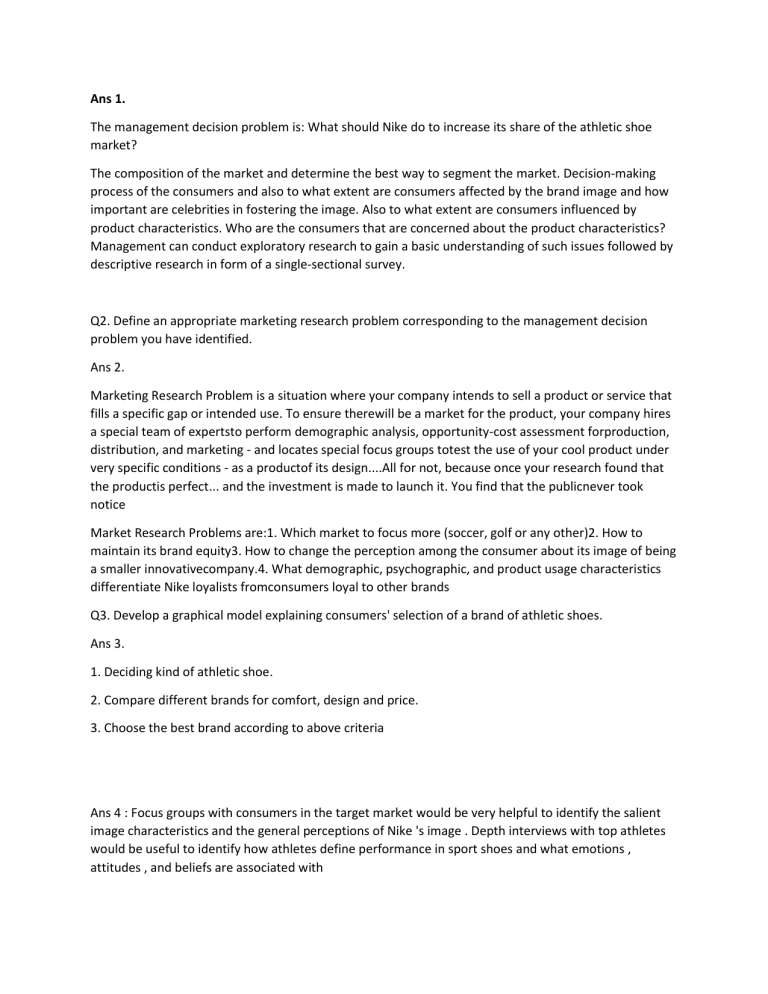Millions Stolen After Hacker Targets Executive Office365 Accounts

Table of Contents
How the Breach Occurred: Understanding the Attack Vector
Cybercriminals are becoming increasingly sophisticated in their techniques to breach even the most secure systems. The attack on executive Office365 accounts likely involved a combination of methods. The most probable attack vectors include spear-phishing emails, credential stuffing, and exploitation of vulnerabilities in third-party applications integrated with Office365.
-
Spear-phishing: These highly targeted emails mimic legitimate communications, often personalized to deceive the recipient. Hackers meticulously research their targets, crafting emails that appear to originate from trusted sources, such as colleagues, clients, or even the CEO themselves. These emails frequently contain malicious attachments or links leading to phishing websites designed to steal credentials.
-
Credential Stuffing: This technique involves using stolen usernames and passwords from other data breaches to attempt to access Office365 accounts. Hackers leverage leaked credentials from other compromised systems and systematically try them against executive accounts, hoping to find a match. This method is particularly effective if weak passwords or reused passwords are in use.
-
Third-Party App Vulnerabilities: Many organizations integrate third-party applications with their Office365 environment. If these apps have security vulnerabilities, hackers can exploit them to gain unauthorized access to the system. Often, these vulnerabilities are overlooked or not adequately patched, creating an easy pathway for attackers.
The likely sequence of events involved gaining initial access through one of these methods, followed by lateral movement within the network to escalate privileges and ultimately access sensitive data or financial accounts.
The Impact of the Breach: Financial and Reputational Damage
The consequences of an Office365 security breach targeting executive accounts can be catastrophic. The recent incident, where millions were stolen, represents just the tip of the iceberg. The financial losses extend beyond the immediate theft:
-
Financial Loss: The direct theft of funds is only one aspect. The cost of a forensic investigation, remediation, legal fees, and regulatory fines can quickly escalate the financial burden.
-
Data Theft: Executive accounts often hold sensitive data, including intellectual property, confidential business plans, customer data, and financial records. The exposure of this information can lead to significant financial losses, legal repercussions, and reputational damage.
-
Reputational Damage: A data breach can severely damage a company's reputation, eroding customer trust and impacting investor confidence. This can lead to decreased sales, loss of market share, and a decline in stock prices.
-
Legal Consequences and Regulatory Fines: Companies face potential legal repercussions and substantial fines from regulatory bodies like GDPR (General Data Protection Regulation) or CCPA (California Consumer Privacy Act) for failing to adequately protect sensitive data.
Best Practices for Preventing Executive Office365 Account Compromise
Preventing an Office365 security breach requires a multi-layered approach to security. Proactive measures are crucial to protect against sophisticated attacks:
-
Strong Passwords and Password Managers: Enforce strong, unique passwords for all accounts, especially executive accounts. Encourage the use of password managers to generate and securely store passwords.
-
Multi-Factor Authentication (MFA): Implement mandatory MFA for all accounts, particularly executive accounts. MFA adds an extra layer of security by requiring multiple forms of authentication, significantly reducing the risk of unauthorized access even if credentials are compromised.
-
Security Awareness Training: Regular security awareness training is essential to educate employees on phishing and social engineering tactics. Training should simulate real-world scenarios to help employees identify and report suspicious emails and messages.
-
Robust Access Control: Implement the principle of least privilege access, granting users only the necessary permissions to perform their tasks. Regularly review and update access rights to minimize the potential impact of a compromised account.
-
Threat Intelligence: Utilize threat intelligence feeds to proactively identify and mitigate potential threats. Staying informed about emerging threats allows organizations to adapt their security posture and implement preventative measures.
-
Vulnerability Management: Regularly scan for and patch vulnerabilities in software and applications, including third-party apps integrated with Office365. Prompt patching reduces the attack surface and minimizes the risk of exploitation.
-
SIEM and EDR: Implement robust Security Information and Event Management (SIEM) and Endpoint Detection and Response (EDR) systems to monitor activity, detect anomalies, and respond to security incidents effectively.
Responding to an Office365 Security Breach: Mitigation and Recovery
Despite proactive measures, a breach can still occur. Having a well-defined incident response plan is crucial:
-
Incident Response Plan: A comprehensive incident response plan outlines the steps to be taken in the event of a security breach. This plan should include communication protocols, forensic investigation procedures, and data recovery strategies.
-
Forensic Investigation: Conduct a thorough forensic investigation to determine the extent of the breach, identify the attack vector, and gather evidence for legal and regulatory purposes.
-
Data Recovery: Implement data recovery procedures to restore compromised data and systems. Regular backups are essential for successful data recovery.
-
Communication Plan: Develop a communication plan to effectively inform affected stakeholders, including customers, employees, and regulatory bodies. Transparency and timely communication are vital in mitigating reputational damage.
-
Legal Counsel: Seek legal counsel to understand legal obligations and liabilities related to the breach. Legal expertise is essential in navigating the complex legal landscape surrounding data breaches.
Conclusion
The theft of millions after a targeted attack on executive Office365 accounts serves as a stark reminder of the ever-evolving cybersecurity threat landscape. The financial and reputational damage from such breaches can be devastating. Implementing robust Office365 security measures, including multi-factor authentication, security awareness training, and proactive threat intelligence, is no longer optional; it's a necessity for every organization. Don't become the next victim. Take decisive action today to protect your organization's valuable assets and reputation. Learn more about enhancing your Office365 security and building a resilient defense against these sophisticated attacks. Explore resources on advanced threat protection and incident response planning to secure your executive accounts and prevent becoming the next headline.

Featured Posts
-
 Recent Us Protests Key Issues And Trumps Response
Apr 22, 2025
Recent Us Protests Key Issues And Trumps Response
Apr 22, 2025 -
 Analyzing The Difficulties Of Robotic Nike Sneaker Production
Apr 22, 2025
Analyzing The Difficulties Of Robotic Nike Sneaker Production
Apr 22, 2025 -
 Will Google Be Broken Up Examining The Mounting Pressure And Potential Outcomes
Apr 22, 2025
Will Google Be Broken Up Examining The Mounting Pressure And Potential Outcomes
Apr 22, 2025 -
 The Value Of Middle Managers Bridging The Gap Between Leadership And Employees
Apr 22, 2025
The Value Of Middle Managers Bridging The Gap Between Leadership And Employees
Apr 22, 2025 -
 Increased Student Fear At Fsu Following Security Breach Despite Prompt Police Response
Apr 22, 2025
Increased Student Fear At Fsu Following Security Breach Despite Prompt Police Response
Apr 22, 2025
